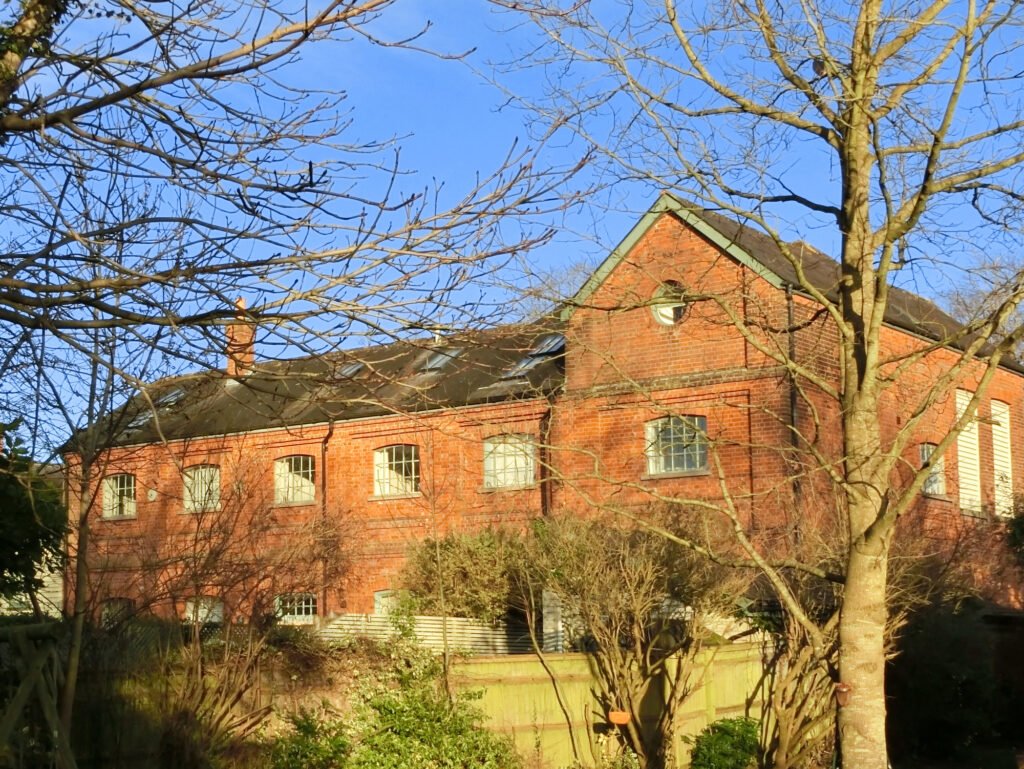By Ken McDonald, Secretary

One of the main crops of the rich agricultural area covered by The Hundred Parishes is barley, the main ingredient of traditional ales and beer. In the past, much of the barley was malted locally before being taken to a nearby brewery to be combined with water, hops and yeast for fermenting into beer.
Brewing was initially a domestic activity in the home for family consumption, on farms and estates for the landowner’s family and workers, and in various institutions such as religious communities for those who lived in and visited them. As the demand for beer grew (safer to drink than ‘fresh’ water at the time) so did the brewing industry: public houses having their own brewhouses, commercial brewers working out of stand-alone breweries, and then the development of industrial scale brewery complexes.
Evidence of all these different types of breweries is to be found within the Hundred Parishes in the form of place names such as
Brewery Lane in Stansted, Brewery House in Little Hadham; Little Brewers, a cottage in Matching Green; Brewery Cottage in Sewards End; and Brewers House in Dunmow.
There are also surviving examples of the breweries from each of the various phases of the development of the industry. At Audley End House the estate’s brewhouse survives although the internal features have been lost. An example of a public house brewery survives as The Old Brewery in Radwinter, now a private house. In Hatfield Heath the former stand-alone brewhouse was converted to a corn mill before becoming commercial offices.
Three examples of brewhouses which were a part of industrial brewery complexes survive in Furneux Pelham, Wethersfield and Hartford End in Felsted. All three have been renovated and converted to private residential use.
For further information please see www.hundredparishes.org.uk












